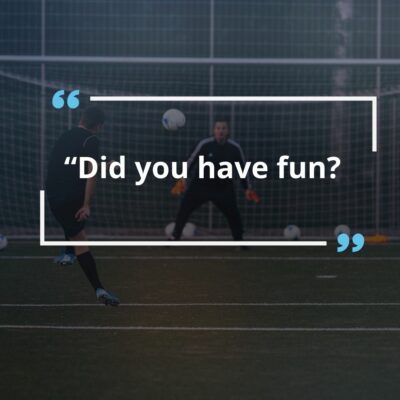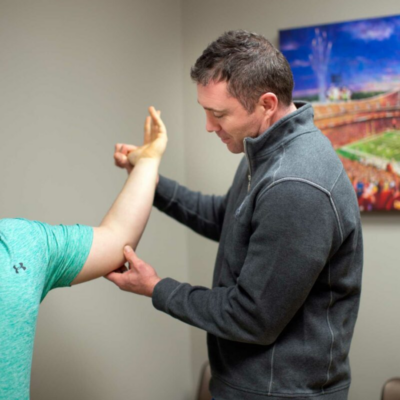 Youth sports can be an incredible outlet for developing physical skills, fostering teamwork, and building confidence. However, the increasing pressure to compete at higher levels and the societal expectations surrounding youth sports are taking a toll on young athletes. This has led to a significant rise in overuse injuries and burnout, which are not just physical issues but deeply intertwined with mental health.
Youth sports can be an incredible outlet for developing physical skills, fostering teamwork, and building confidence. However, the increasing pressure to compete at higher levels and the societal expectations surrounding youth sports are taking a toll on young athletes. This has led to a significant rise in overuse injuries and burnout, which are not just physical issues but deeply intertwined with mental health.
Dr. Michael Dempewolf, Sports Medicine Surgeon at Sano, states, “Preventing overuse injuries in youth sports requires a balanced approach. It’s crucial for young athletes to have proper training, adequate rest, and a focus on technique. Early specialization in one sport increases the risk of injury, so encouraging kids to participate in multiple sports or activities can help develop different muscle groups and reduce stress on specific areas. Rest days are equally important as they allow the body to recover, which is essential for long-term athletic development and injury prevention.”
Signs of Burnout
The competitive nature of youth sports today has shifted the focus from enjoyment to performance. The expectations placed on young athletes, often unintentionally by well-meaning parents or coaches, can create significant psychological stress. Instead of asking, “Did you have fun?” many conversations post-game revolve around performance critiques. This shift in dialogue contributes to a high-pressure environment that can lead to burnout, both mentally and physically.
Burnout in young athletes can manifest in various ways. According to Sarah Comegys, PA-C at Sano, signs of burnout include reluctance to attend practices, decreased enthusiasm for games, complaints of anxiety-related symptoms like stomachaches, frequent minor injuries, and a noticeable decline in performance. These signs may indicate underlying injuries and a deeper level of mental fatigue that the athlete is struggling to manage.
Burnout to Breakdown

Beyond mental fatigue, burnout significantly heightens the risk of physical injury. Overtraining due to external pressures can lead to overuse injuries like stress fractures, tendinitis, and muscle strains, as young athletes may push through pain without adequate recovery. Mental exhaustion can also cause poor technique, leading to acute injuries, and weaken the immune system, making them more prone to illness and further physical decline. Additionally, the lack of awareness and reaction time associated with burnout can increase the likelihood of accidents and compensation injuries, where altered movements to avoid pain cause harm elsewhere in the body.
Parents’ Role in Burnout
Parents play a crucial role in mitigating the risks of burnout. Recognizing the signs and having open, non-judgmental conversations with their children about their feelings toward the sport is essential. Asking questions like “Do you still enjoy playing?” in an unbiased manner can help young athletes feel supported rather than pressured.
At Sano, we believe that the well-being of young athletes depends on a balanced approach to sports that prioritizes both their mental and physical health. Encouraging breaks, promoting enjoyment, and focusing on holistic development rather than just performance can help young athletes thrive on and off the field.





